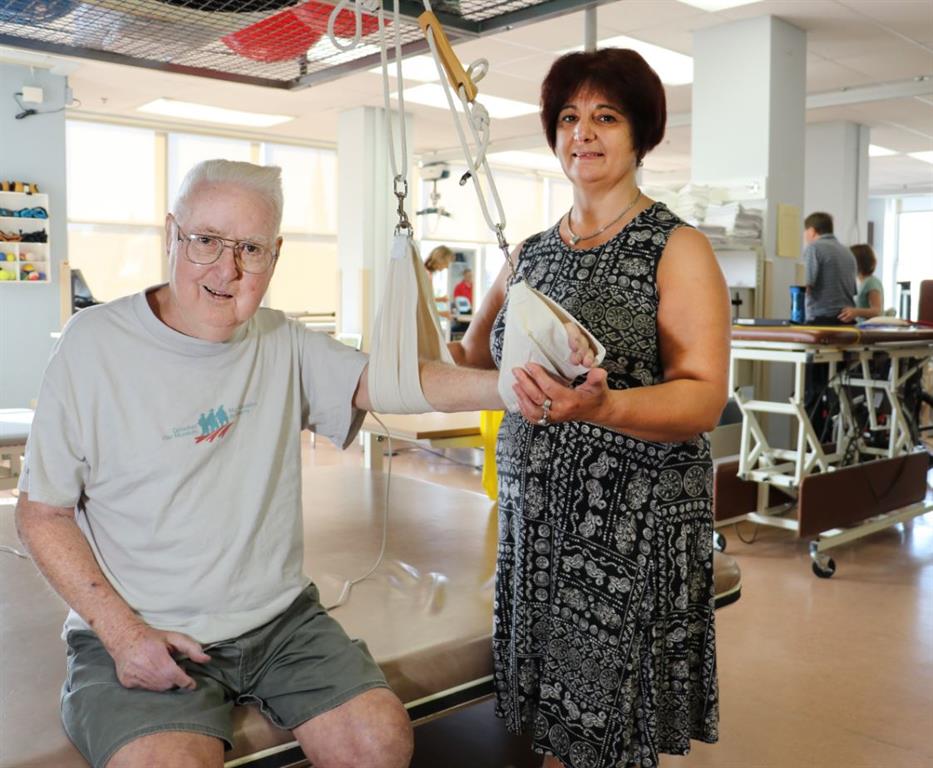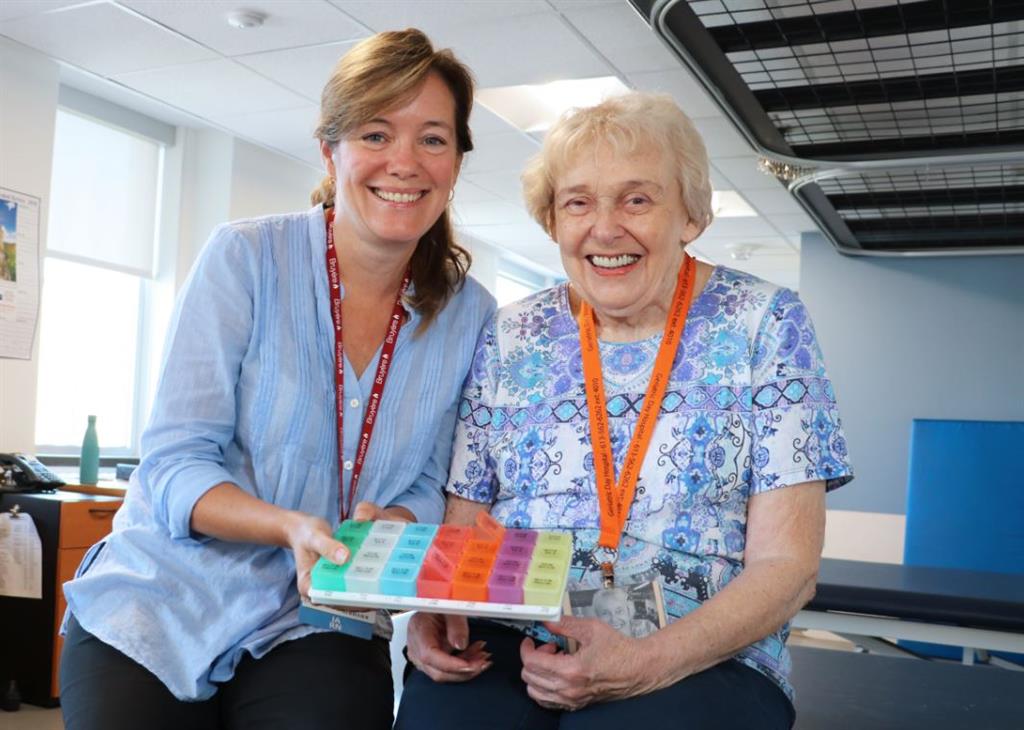Sub-acute Care
Planning in Champlain: Bruyère as a key partner

People are living longer with multiple chronic conditions that continue to increase in complexity.
We are seeing this across the health care system. Over time, changes have required Bruyère to shift from being a destination to a place of transition, with the goal to help people go home and stay there.
“This is about designing the sub-acute we need—ensuring care is provided at the right place and at the right time.” —Guy Chartrand
 To study the types and number of services required, the Champlain Local Health Integration Network (LHIN) undertook a sub-acute capacity planning exercise. The review looked at the number and location of services and at the full continuum of care to decide how to design the sub-acute system. Bruyère has been actively involved in developing the regional plan for sub-acute care through various Champlain LHIN working groups including complex continuing care, several rehabilitation groups and palliative care.
To study the types and number of services required, the Champlain Local Health Integration Network (LHIN) undertook a sub-acute capacity planning exercise. The review looked at the number and location of services and at the full continuum of care to decide how to design the sub-acute system. Bruyère has been actively involved in developing the regional plan for sub-acute care through various Champlain LHIN working groups including complex continuing care, several rehabilitation groups and palliative care.
Results of the LHIN sub-acute capacity planning review show that we cannot continue to operate the same way. If nothing changes, the health care system will need 156 new beds— the equivalent of a new hospital—to address the growing demands. This is simply not feasible. If we don’t change the way we do things, people who need rehabilitation and complex medical care will not receive it or will have to wait a very long time. What we know is that people will need increased access to rehabilitation and restorative type programs to go from hospital to home. In addition, there are some complex continuing care beds currently being used for alternate level of care that will need to be repurposed towards more active rehabilitation care.
 “This is about designing the subacute system we need—ensuring care is provided at the right place and at the right time,” said Guy Chartrand, President and CEO. The Champlain LHIN clinical working groups have designed a model of care which was recommended to the Champlain LHIN Board of Directors in April. We are confident that the implementation of the regional plans for sub-acute care will support Bruyère’s position as the academic leader in sub-acute care in this region.
“This is about designing the subacute system we need—ensuring care is provided at the right place and at the right time,” said Guy Chartrand, President and CEO. The Champlain LHIN clinical working groups have designed a model of care which was recommended to the Champlain LHIN Board of Directors in April. We are confident that the implementation of the regional plans for sub-acute care will support Bruyère’s position as the academic leader in sub-acute care in this region.
In 2017/18, there was significant demand for stroke inpatient and outpatient services. As a system partner and in line with the sub-acute recommendations, Bruyère opened eight additional permanent stroke beds and expanded its outpatient stoke program for people living in the community.
In 2018/19, Bruyère will operate an additional five stroke beds temporarily to reduce the wait times for patients. We want to thank all the staff and physicians in helping us live our mission of enhancing lives and ensuring care is provided in the right place at the right time.
The following video is a summary on sub-acute care at Bruyère